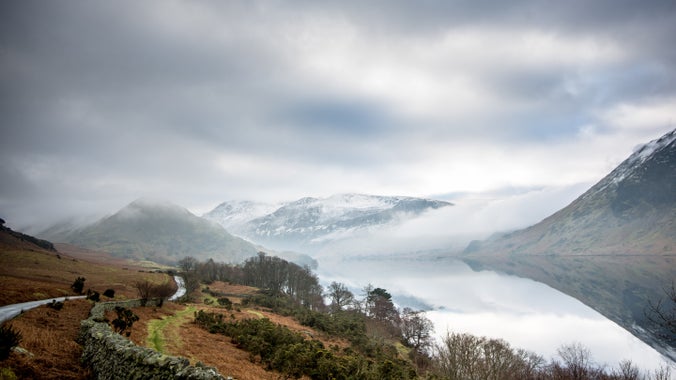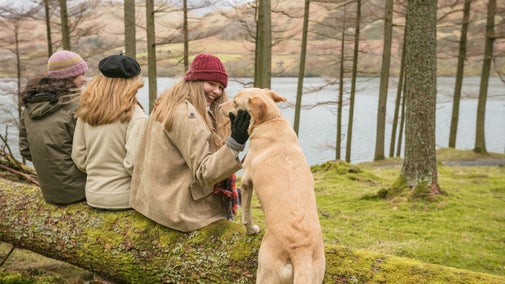
Become a member
Join today and help protect nature, beauty and history – for everyone, for ever. Enjoy access to more than 500 places with National Trust membership.
Tranquil area of dramatic fells, farms and woodland, encompassing three lakes
Buttermere, near Cockermouth, Cumbria, CA13 9UZ

Find out how to get boating and fishing permits for the lakes of Buttermere, Crummock and Loweswater before your visit.

There are three National Trust car parks in Buttermere to choose from. Find out parking costs and how to find each of the car parks.

Buttermere is a one paw print rated place. Find out all you need to know about bringing your furry side-kick on an adventure around the lake shores, in the valleys and up the fells.

Find out more about wild camping in the Lake District, whether it's right for you and how to do it safely and responsibly.


Join today and help protect nature, beauty and history – for everyone, for ever. Enjoy access to more than 500 places with National Trust membership.